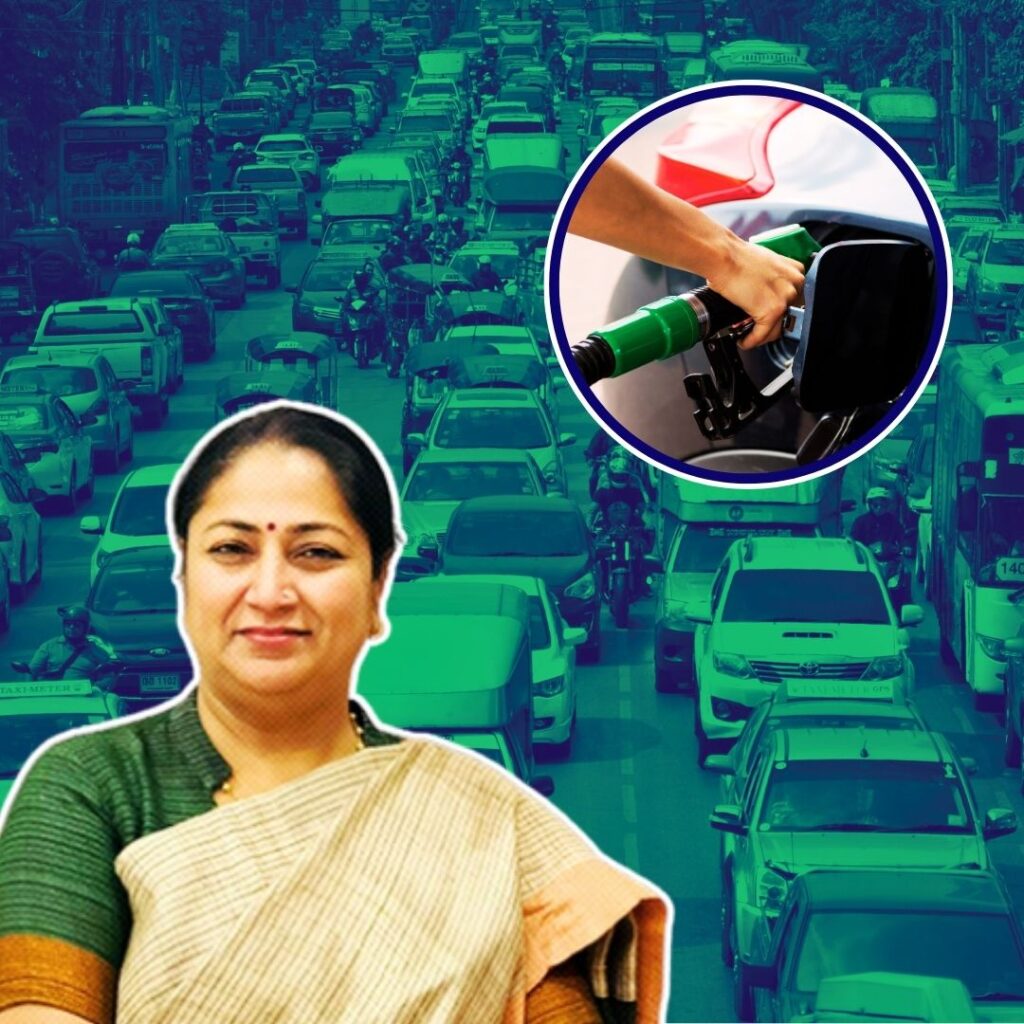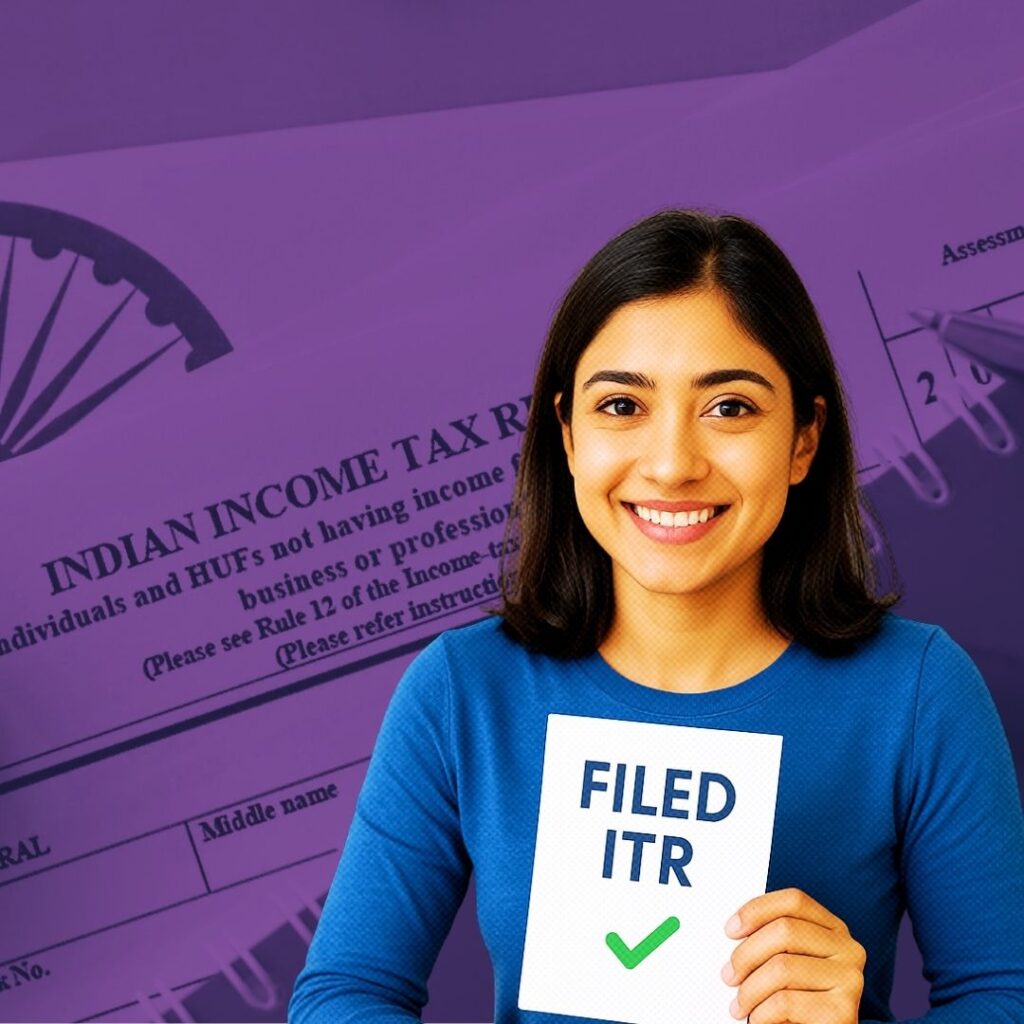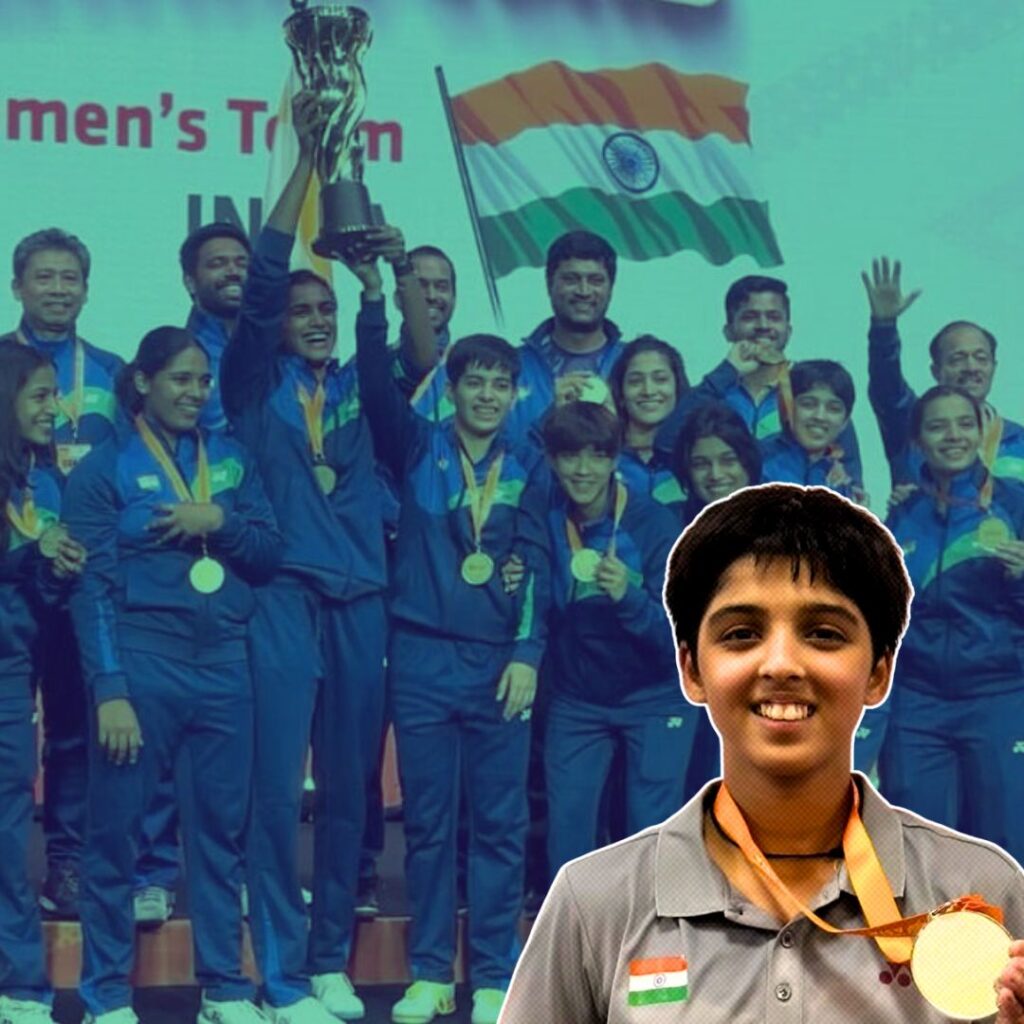Pratima Rout, 34, lives with her two children and polio-affected husband in Nuasai village in Kendrapara, Odisha. For many years, their only source of income was the paltry monthly handicap pension her husband received from the government, leaving the family with no food to eat on certain days. As the head of a single-income household with no other means of support and not reached by the existing poverty alleviation programmes, Pratima was a part of the “ultra-poor households” in her village.
According to the Social Economic Caste Census (SECC) data, 69.4 lakh women headed households in India have an average monthly income of approximately Rs 1,250. These families lack the ability to meet even the most basic needs and usually depend on irregular and meagre sources of livelihoods. They are typically food insecure, have little capital, lack education and self-confidence, and suffer from poor health. These make them vulnerable to unexpected shocks such as natural disasters, health emergencies, leaving many trapped in a cycle of poverty.
However, life took a better turn for Pratima in 2015, when she was selected for Bandhan-Konnagar’s ‘Targeting the Hardcore Poor’ (THP) Programme. Under the THP programme, she received a package of support including a productive asset, weekly consumption stipend, skills and financial literacy training and regular coaching. The plan gave her a way out to break the cycle of poverty.
A livelihoods programme studied in six countries is helping ultra-poor women in India own a business, build self-confidence, and graduate out of poverty.
The Graduation Approach
The THP programme is also called the “graduation approach” and was first developed in 2002 by Building Resources Across Communities (BRAC, earlier known as Bangladesh Rural Advancement Committee), an international development organisation in Bangladesh. It has since been replicated in over 50 sites in several countries. The overall goal of the THP programme is to help vulnerable women trapped in poverty, transition into stable self-employment, on a sustainable basis.
Source: CGAP
The essential elements of the graduation approach are a transfer of productive asset such as livestock or articles for petty trade, consumption support (short term support in cash or kind until income is generated from the assets), livelihood skills training, financial inclusion through mobilisation of savings, and weekly mentoring and coaching through home visits and group meetings.
Pratima received a sewing machine worth Rs 6,730 and cloth worth Rs 2,500 as part of THP’s productive package. This asset allowed her to once again take up stitching, a skill she had previously learned, but remained underutilised as purchasing a machine was a huge investment for her family. In a few short months, she now stitches dresses and uniforms and earns a monthly income of around Rs. 1,200. Her earnings also go up during the festival season, which is when she receives maximum orders. She now cooks meals every day and is also able to provide her family healthy nutritious food.
The 34-year-old mother of two was inspired by what she had achieved with her tailoring business and began to diversify her sources of income by selling cosmetics and sanitary napkins in a one-room shop. Since then, her side business has given her a steady monthly income of approximately Rs 250.
Pratima Rout’s next big investment has been to purchase two more second-hand sewing machines for a total amount of Rs. 5,000 so that she can impart her skills to others. She now teaches basic tailoring to college students for an hour every day and charges Rs. 300 per month for this. She has taught seven students thus far and is widely recognised in her village for the progress she has made and her success as the breadwinner of her family. Now all these activities contribute to the family income.
Evidence of the Programme Source: CGAP
Six randomised evaluations of the THP programme covering more than 21,000 beneficiaries were carried out by researchers affiliated with the Abdul Latif Jameel Poverty Action Lab (J-PAL) across Honduras, Peru, Ethiopia, Pakistan, Bangladesh, Ghana and India. The evidence from these evaluations, published in the journal Science show that the programme has caused broad and long-lasting economic impacts in the lives of the ultra-poor in six countries in areas of consumption, food security, asset holdings, savings, and improved confidence and well-being.
In Murshidabad district of West Bengal, results have been even more promising in a follow-up seven years after the programme ended – beneficiaries who participated in the programme saw a 49 percent increase in consumption as compared with households that did not receive the programme. Beneficiaries saw improved well-being and food security; time spent working, increased formal savings of households and enhanced asset diversification.
According to study co-author Abhijit Banerjee, Professor of…











